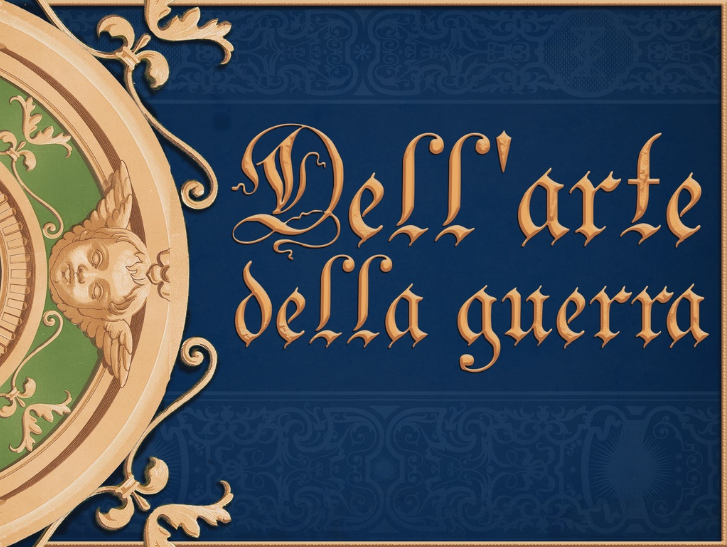"Dell'Arte Della Guerra : Wars of the Roses" is a global modification, which will take place in the late 15th century Great Britain during later stages of the Wars of the Roses. Join our discord : discord.gg/kF3byPTk2W Follow our Instagram page here : dellartedellaguerra Follow our Youtube page here : youtube. com@DellArteDellaGuerra-ee3kz and Twitter here : twitter.com/DADG_Mod
Hi again, it is our pleasure to announce to you all that the team behind Dell'arte Della Guerra has officially released a brand new public discord server! We know that this has been long requested and we think this move will bring better communication between devs and players alike. We encourage you to join after reading our last moddb article explaining the current situation of the mod's development. Make sure to be civil, and read the rules of the server.

Update on the state of development
News 13 commentsA small update on where our team is ragarding the current progress of the mod.

Late 15th century Scottish plate armor
News 4 commentsA small update on the process of working on late 15th century scottish armor for the Mod.

Late 15th Century British Fashion
News 8 commentsA small update on the late 15th century civilian fashion in the Mod.

Short update and a brief look at 15th century English Bowmen
News 7 commentsShort update and a brief look at 15th century English Bowmen.














Release date?
This mod looks beautiful, reminds me of the "Renaissance" mod for M&B Warband. This is one of the mods Im looking forward to the most. I love this timeperiod.
I would gladly pay to play this mod, you guys deserve it, you shouldnt make it free because of the amount of work you are putting into this.
And btw, you are not modders, you are artists!
guys how can i download this file i cant download pls help
The mod isn't finished and public yet
This comment is currently awaiting admin approval, join now to view.
This comment is currently awaiting admin approval, join now to view.
Hi all, I have just joined and apologies to have to ask this.. Where do I find the download link to the Dell'Arte Mod please?
It has yet to be released to the public I believe.
Awesome I'm glad that this project is still being worked on although this update is very worrisome... What are the odds that is project is left unfinished? Thank you for the update!
They will finish it i think but it will take time, modding Bannerlord is hard, making scenes in Bannerlord is a pain and Bannerlord scenes editor is buggy. I think you might need 20 hours a week to learn to make scenes in Bannerlord and then at least 10 hours a week to make some scenes and you will have done like 3 in a year... On warband there was 100x times more sceners. On the programming side it's rarest kind of modders and Bannerlord need "real coders", it's not like you can copy past code like in Warband.
Yeah, its much harder and complicated to download mods for Bannerlord too, compared to Warband, atleast to figure out how to do it. I managed to download my first Bannerlord mod yesterday.